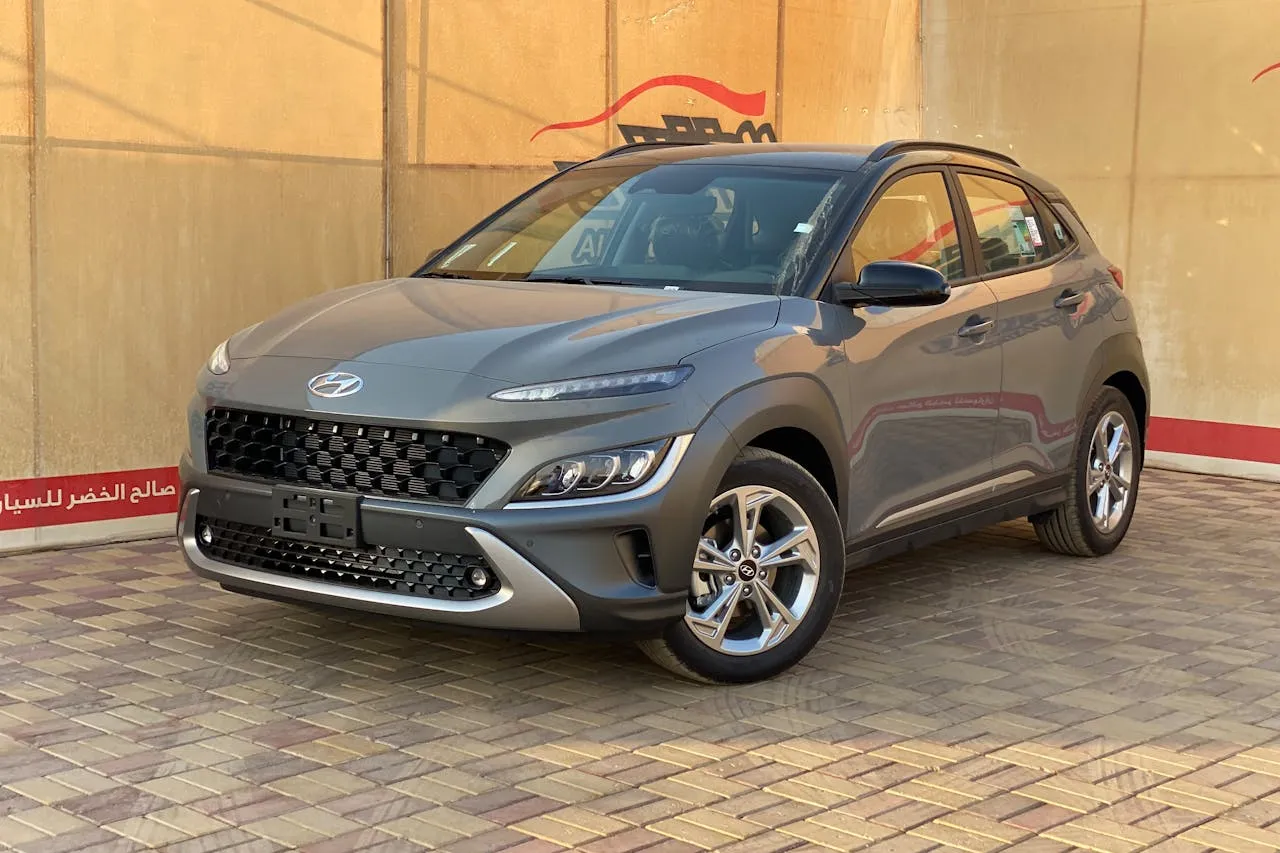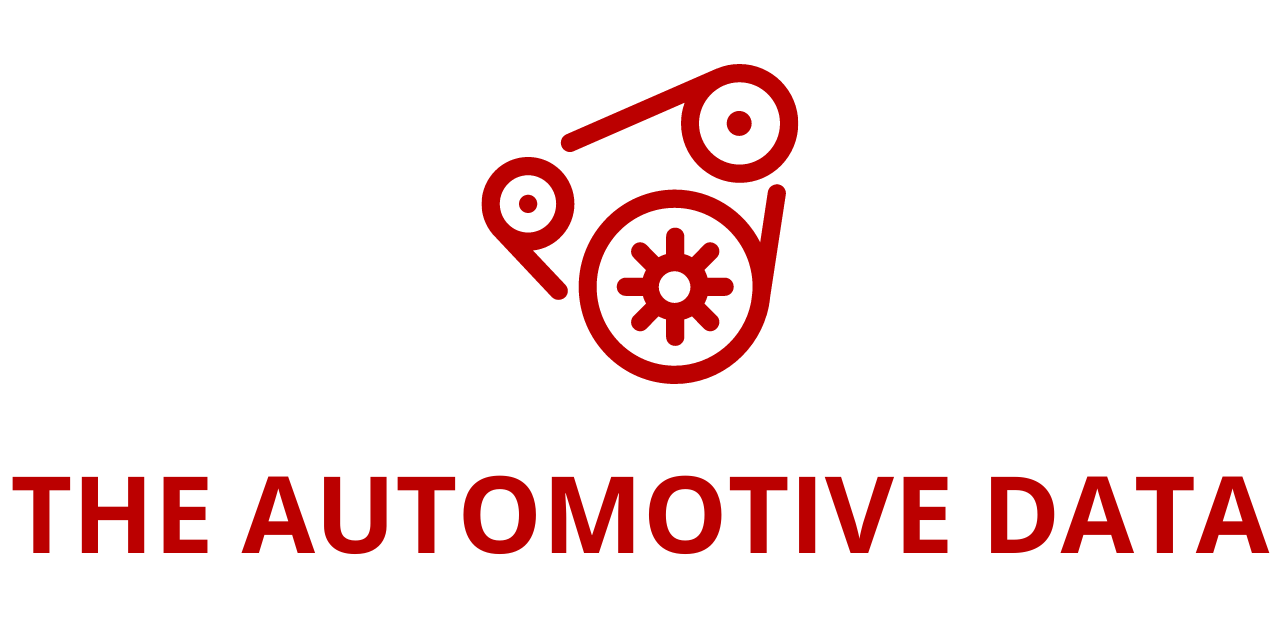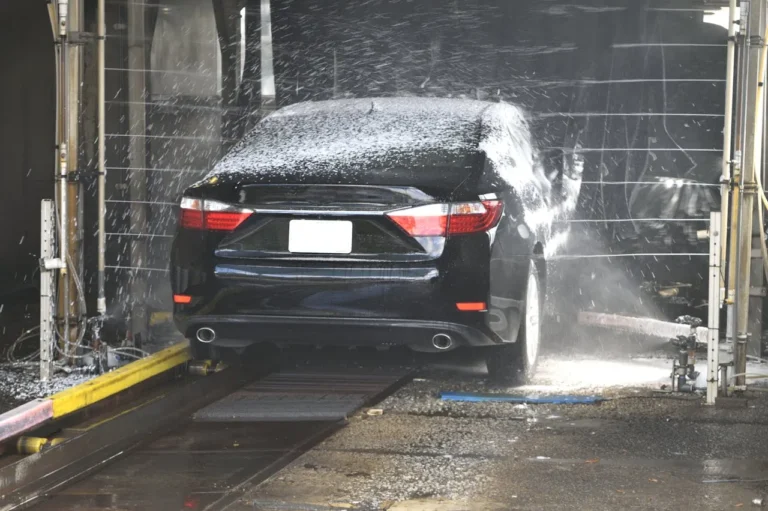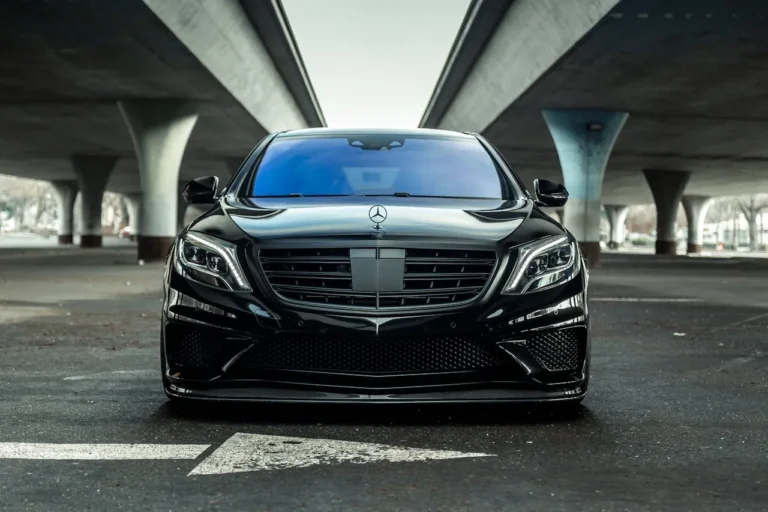
China’s Passenger Car Digital Chassis Landscape in 2025: OEM Strategies and Supplier Innovations Drive a New Era of Vehicle Intelligence
The “China Passenger Car Digital Chassis Research Report, 2025″ has been officially added to Research And Markets.com’s offerings, shedding light on the transformative technological shifts taking place in China’s automotive industry. As vehicles become increasingly intelligent, connected, and software-defined, digital chassis systems are emerging as a key enabler of next-generation driving experiences and autonomous mobility.
From early 2024 through the first quarter of 2025, a wave of Chinese automakers has unveiled groundbreaking digital chassis technologies. These include IM Motors’ Lingxi Digital Chassis, Geely’s AI Digital Chassis, the Yangwang U7 Full Digital Chassis from BYD, Chery’s Yuntai Intelligent Chassis 2.0, and Huawei’s Tuling Longxing Platform. Each of these systems reflects a broader shift toward software-defined vehicles and deep integration between vehicle domains such as power, body, and intelligent driving.
Geely’s AI Digital Chassis: A Holistic, AI-Driven Platform
Geely Automobile debuted its AI Digital Chassis at the 2024 Beijing Auto Show, later expanding on the concept at CES 2025 with the unveiling of its “Full-domain AI Technology System for Intelligent Vehicles.” Under this comprehensive framework, Geely has developed an ecosystem of AI-enabled vehicle components, including its AI Digital Chassis, Flyme Auto intelligent cockpit, advanced intelligent driving systems, and a proprietary end-to-end voice model.
At the heart of Geely’s AI Digital Chassis is an intelligent control system that leverages real-time data and advanced AI algorithms. The system integrates high-performance domain controllers with Geely’s Xingrui Intelligent Computing Platform, using wire-controlled decoupling and multi-domain fusion technology to harmonize operations across the powertrain, chassis, and autonomous driving modules. It can detect instability—such as skidding or side-slipping—and execute real-time feedforward control. This is achieved via XYZ three-direction integrated posture control, which finely adjusts the vehicle’s dynamic stance.
Key Hardware Features of Geely’s AI Digital Chassis:
- Dual-Chamber Closed Air Springs + Linear Motors + CDC (Continuous Damping Control): These adjustable air springs enhance ride quality by varying stiffness and body rigidity. Additionally, they offer ancillary features such as cabin oxygen replenishment and external equipment inflation—ideal for camping applications.
- Linear Motors + CDC Dampers: Enable rapid and precise suspension response, with travel distances up to 65mm and adjustment speeds of 0.5 m/s. All four wheels can be controlled independently for dynamic ride adjustments.
- Four-Wheel Hub Motors: Each axle features two independently driven motors with peak outputs ranging from 150–230 kW and torque ratings up to 2600 Nm. These motors support both 400V and 800V architectures, with total weight constrained to 115 kg, enhancing energy efficiency.
- Steer-by-Wire and Rear-Wheel Steering: By decoupling the physical connection between steering wheel and wheels, Geely enables variable steering ratios based on driving conditions. The rear-wheel steering system offers a turning radius reduction, supporting a max rear steering angle of 15 degrees.
- EMB (Electromechanical Braking): Integrates with hub motors to precisely control braking forces at each wheel, significantly shortening braking distances and enhancing traction on low-grip surfaces.
These hardware and software synergies allow the AI Digital Chassis to support a variety of advanced functions, including autonomous high-speed drifting, tank turns, active ride height control, collision avoidance, dynamic parking assist, and even a “dancing mode” for showcasing suspension articulation. The system responds within just 4 milliseconds, enabling near-instant hazard intervention.
Huawei’s Tuling Longxing Platform: The First Fully Independent Digital Chassis Architecture
On February 20, 2025, Huawei launched the Tuling Longxing Platform at its HIMA MAEXTRO Technology Event. Billed as the industry’s first fully independent, full-domain digital chassis, this solution represents a major leap in the unification of body, steering, braking, suspension, thermal management, and powertrain control systems.
The Tuling Longxing Platform has been integrated into Huawei’s MAEXTRO S800 model, which has demonstrated impressive real-world capabilities:
- Superior Road Adaptability: Maintains full vehicle stability on icy surfaces, even during steep snow-covered climbs and high-speed blowouts.
- Precision Maneuverability: With a crab-walking angle of 16 degrees and a minimum turning radius of just 5.05 meters, the system is ideal for urban congestion and tight parking spaces.
- System Integration: Supports distributed drive, brake-by-wire, steer-by-wire, and active suspension—all coordinated through a single platform.
This integrated architecture aligns with Huawei’s broader vision for intelligent mobility, where cross-domain control is critical for both autonomous driving and advanced driver-assistance systems (ADAS).
Supplier Ecosystem: Advancing the Digital Chassis Industry
The report highlights significant challenges and progress in the digital chassis supplier landscape. While few global companies currently offer end-to-end solutions with XYZ directional control and system coordination, ZF stands out as a foreign supplier already mass-producing key technologies like steer-by-wire, brake-by-wire, suspension-by-wire, and integrated control systems.
Meanwhile, Chinese suppliers are making notable advancements:
- Beijing West Industries: Its EMB solutions are advancing toward mass production with designated projects already secured for 2026.
- Bethel Automotive, LeeKr Technology, Tongyu Automotive, and Trugotech: All have successfully mass-produced hydraulic brake-by-wire “One-box” systems.
- Baolong Automotive, Zhongding Group, and Kh Automotive Technologies: These companies are leading in air suspension production at scale.
Market Overview and Development Trajectory
The report organizes the digital chassis industry across several key themes:
- Industry Definition and Architecture: Outlines core digital chassis components—steering, braking, suspension, power control—and the functional goals of integration and wire-control.
- OEM Deployment Strategies: Compares development timelines and architectures from major automakers such as BYD, Xiaomi Auto, Li Auto, NIO, GAC, Chery, IM Motors, Changan, Geely, Xpeng, JAC Motors, and Porsche.
- Supplier Capability Matrix: Evaluates digital chassis solutions from 21 leading suppliers, including Bosch, Continental, ZF, Schaeffler, Mando, Brembo, Hitachi Astemo, Huawei, Trinova, Nasen, Tuopu Group, BeBest, Tenneco Monroe, Lord, and Cosmartor International.
- Industry Chain and Capital Trends: Analyzes the financing dynamics and investment trends within China’s chassis technology sector in 2024.
The Road Ahead for Digital Chassis Innovation
The digital chassis marks a fundamental shift in how vehicles are engineered—transitioning from hardware-defined systems to software-controlled platforms. In China, this transformation is accelerating, driven by OEM innovation, supplier competitiveness, and the strategic push toward autonomous and intelligent vehicles. The integration of AI, real-time sensor fusion, and fully wire-controlled systems will define the next generation of mobility.
As showcased by pioneers like Geely and Huawei, the path forward includes not just better driving experiences but also an entirely new paradigm of vehicle architecture—one that is modular, updatable, and deeply connected. The 2025 report provides a comprehensive roadmap for industry players seeking to lead in this rapidly evolving space.








